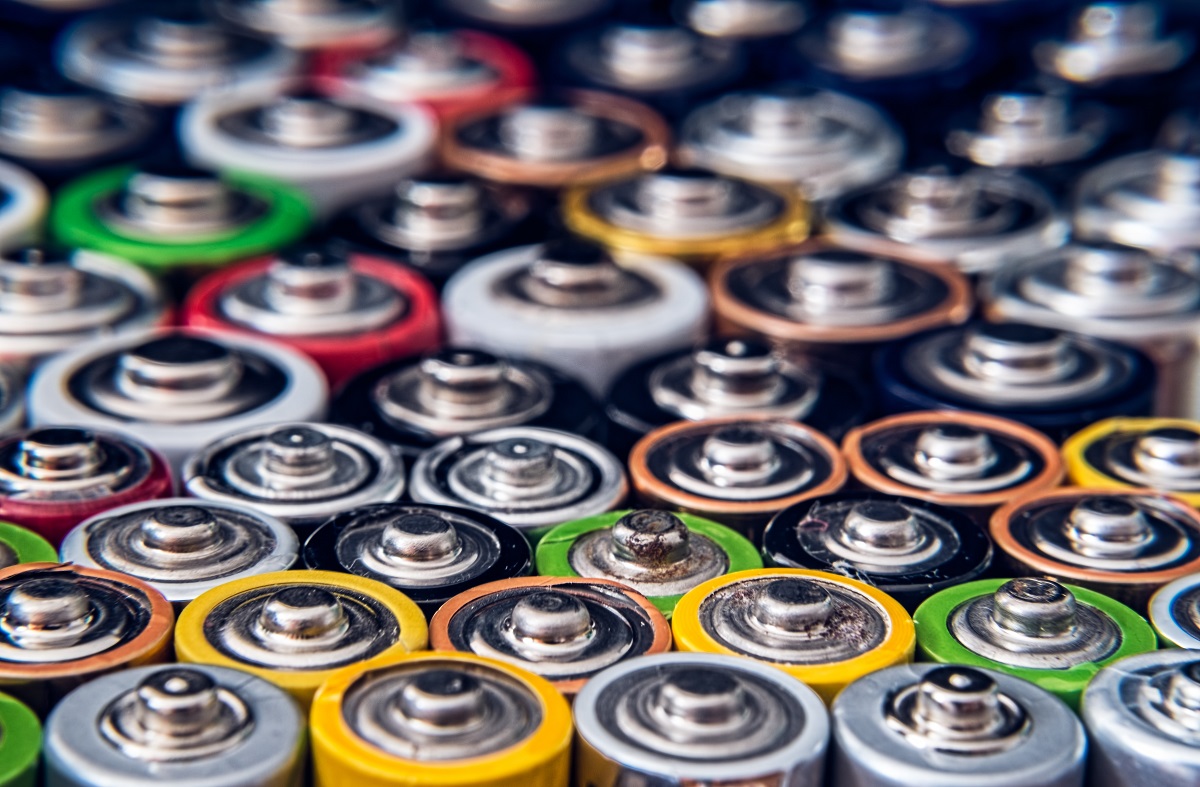Form Energy, a U.S. startup, is creating rust-powered batteries, claiming that its low-cost, long-duration technology can store energy created by renewable solar and wind and release it back onto the grid when the sun doesn’t shine and the wind doesn’t blow.
The method is based on oxidation, sometimes known as rusting, an electro-chemical process. When oxygen rusts iron, electrons are transferred that may be used in a circuit in the same way that they can in any battery; positive flowing to negative, wbur.org reports.
To store and release that electric energy, Form Energy has achieved “reversible rusting.”
The business reasoned that there is enough iron in the world and that it is cheap enough, to scale to the enormity of the global problem and keep electric grids, the world’s largest and most sophisticated machinery, functioning on endless, but intermittent, solar and wind energy.
While the answer involves cutting-edge science, it isn’t entirely novel. It is based on the iron-nickel battery invented by Thomas Edison in 1901. The iron electrode was retained by Form Energy, but the pricey nickel was replaced with low-cost, plentiful, and readily accessible oxygen from air.
It took a long time to perfect the mix in a battery. NASA and GTE scientists attempted a similar experiment in the 1960s but failed. The study was not worthwhile since there was no demand for grid-scale, energy-storage technologies until large-scale solar and wind projects became available.
Iron-air battery cell prototypes are being tested at Form Energy’s Somerville plant. They started with beaker-sized cells, refined the technique, and are now working with full-size cells linked with sensors that provide a continuous stream of data.
Iron-air battery cells will be sandwiched together to make modules the size of a washing machine when they go into production next year, which can then be assembled to form massive energy storage systems.

